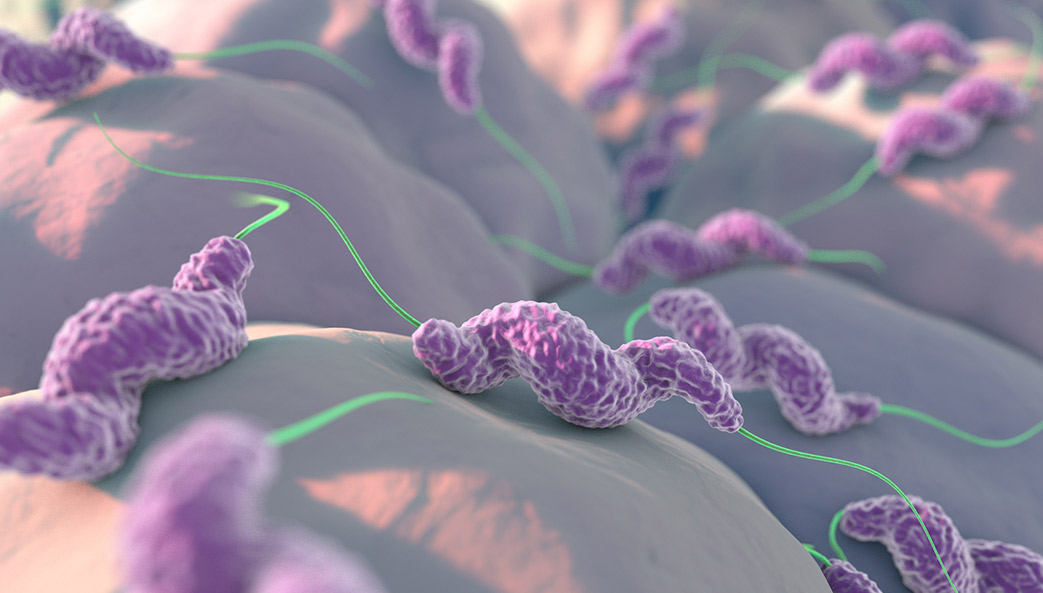Prompted by a growing number of foodborne illness outbreaks linked to dry foods such as crackers and cookies, food scientists at UGA’s Center for Food Safety conducted a study to see just how well salmonella could survive in some of the popular snack foods.
The researchers used five different serotypes of salmonella that had been isolated from foods involved in previous outbreaks. They put these bacteria into four kinds of fillings found in cookies or crackers and then placed them in storage.
Not only did the salmonella survive; they thrived. In some cases, the pathogens were able to live longer than six months.
It’s a surprising finding, because experts generally don’t expect salmonella to grow in foods that have a very dry environment, said study leader Larry Beuchat, a food microbiologist and a Distinguished Research Professor Emeritus.
But the demonstrated ability of pathogens to survive in some remarkable settings has researchers considering new ways of preventing contamination and the outbreaks they may cause.
“The next steps would be to test all ingredients that are used in these foods,” Beuchat said. If the foodborne pathogens are largely confined to specific ingredients, then food producers may have to stop using them.






